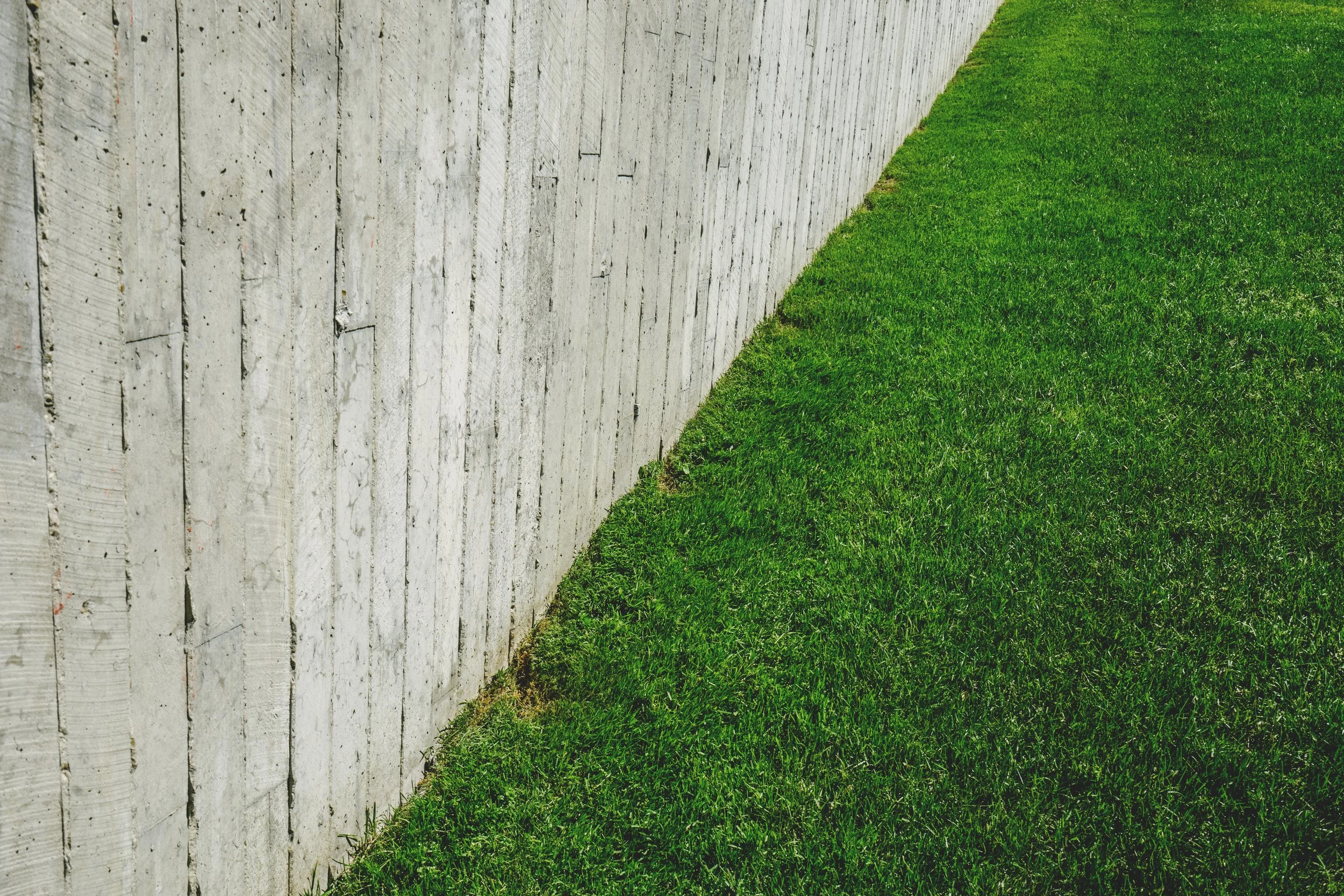MDEQ High Erosion Areas
You’ve heard of small houses and mobile homes, but have you heard of a “readily moveable” home? If you are a homeowner, builder, architect, or engineer building on property designate a “high risk erosion area”, you need to know this term.
First, what is a high risk erosion area? In the 1980’s, Michigan’s Department of Environmental Quality surveyed Michigan’s lakeshores to locate areas which had high risks of erosion. They identified these areas and for each site created 30 year erosion predictions and 60 year erosion predictions. Michigan has 41 counties which border a great lake—36 of these counties have high erosion areas totaling 250 miles!
If your property is within a high risk erosion area, what can you do? You will need to file a permit with the MDEQ. What you can build depends on where you will place your structures in regard to the 30 year and 60 year lines. Generally, you can’t build anything lakeward of the 30 year line, and you can build anything landward of the 60 year line. If you want to build between the 30 and 60 year lines, your house must meet several criteria, including that it be “readily moveable”. The concept is that if the dune erodes toward your house, your house is capable of being moved farther landward. A readily moveable house must be 3500 square feet or less, must be designed so that it can be moved, and must be accompanied by a moving plan and budget demonstrating it would be financially feasible to move the house. There are other specific criteria that govern the type of structure. A synopsis of high risk erosion areas from the MDEQ, containing maps and links to the statutes and regulations governing the program, is available here.
On some properties the erosion lines make the property not buildable in accordance with the rules. These are “substandard parcels” if the parcel was created by before the high risk erosion act designation or if the required setback distance was changed. In these circumstances the homeowner can ask for a special exception which will allow some waivers to the required setback distances.











